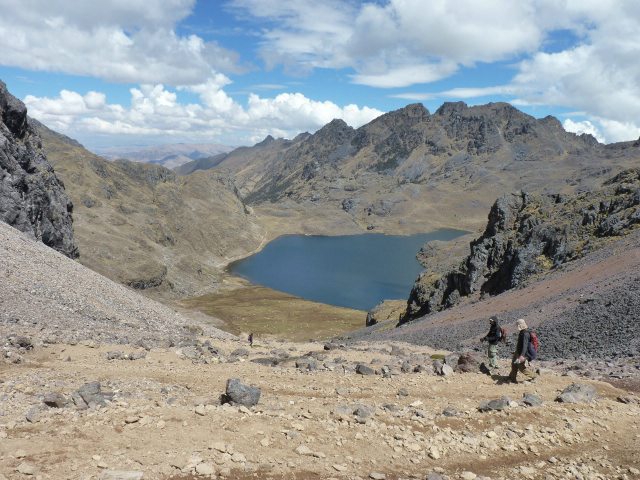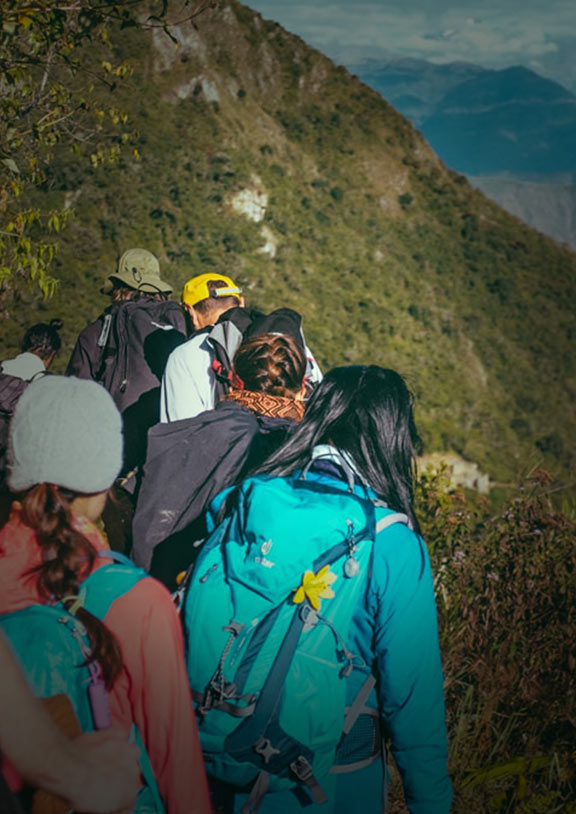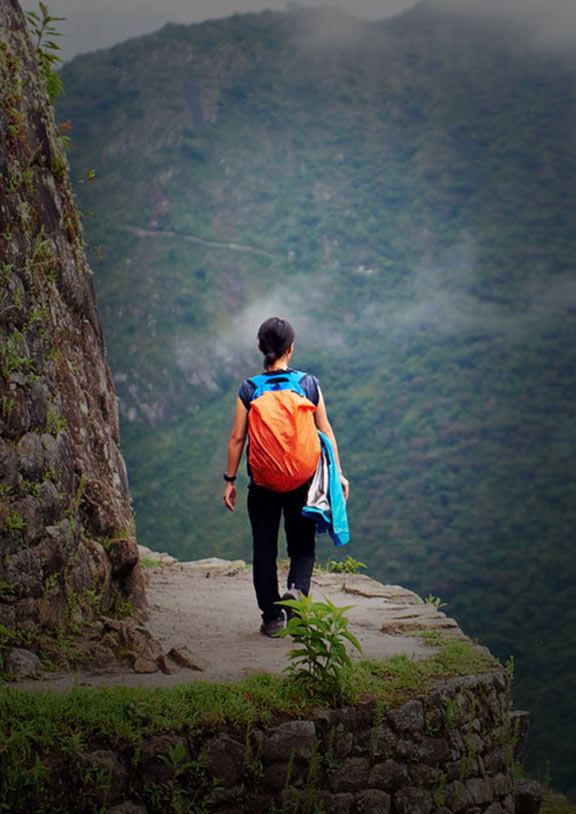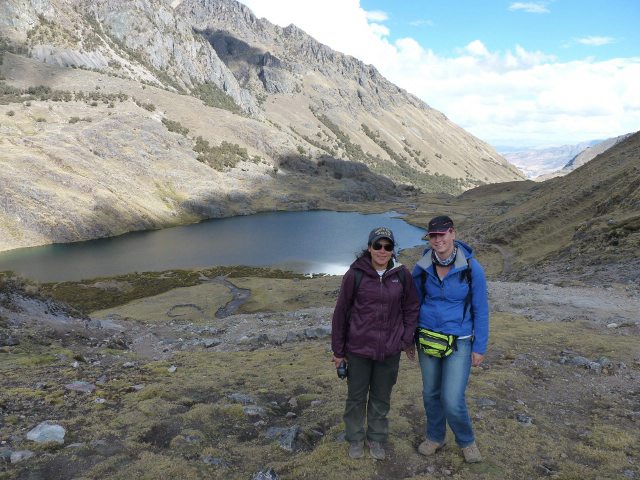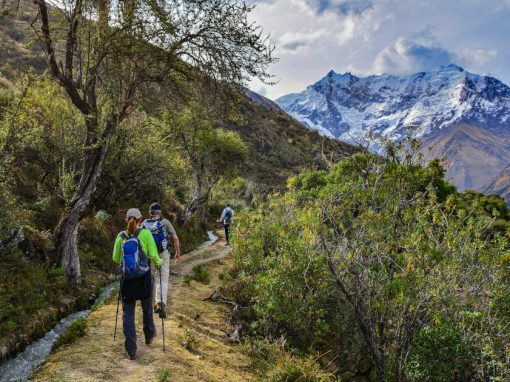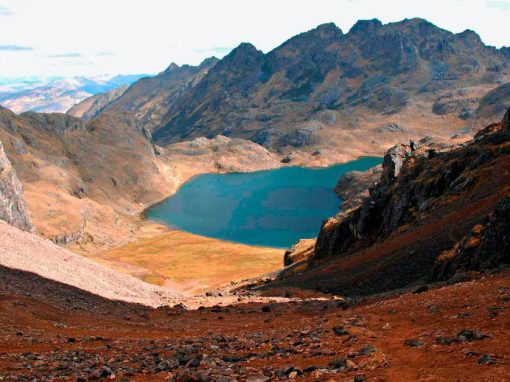In this travel tale, Anabel, part of the LAFL team in Cusco, shares her experience on the Lares trek.
Among treks to Machu Picchu, the Inca Trail is unquestionably the most glamorous, the most prestigious, and the most popular – the one that travelers spend months dreaming about, planning, and preparing for. Talk to anyone who has walked the imperial Inca road and they will tell you that it is all worth it.
However, Inca Trail permits sell out quickly, and those of us who wait until the last minute to plan our travel to Peru may be out of luck. Fortunately, there are great alternative treks in the Sacred Valley, all of which take you through the monumental landscapes of the Andes. Last weekend, I had the chance to go on the Lares trek. It was an amazing experience, and although words and pictures cannot capture the beauty of the highland mountains and its people, I’m happy to share some highlights here.
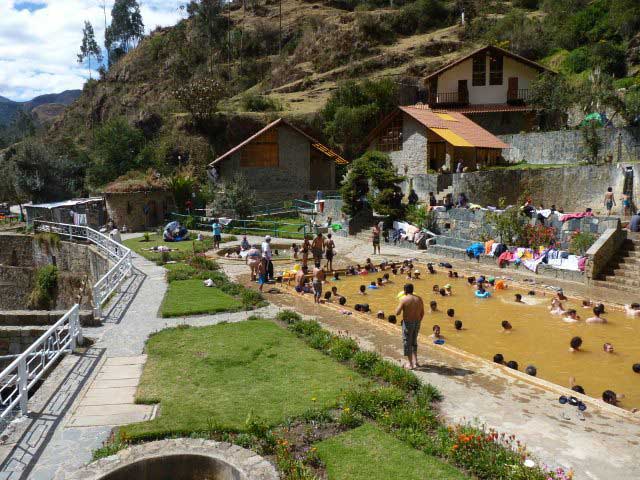
A common starting point for the Lares trek, the naturally heated Lares hot springs are famed for their medicinal qualities. Separate pools have temperatures ranging from a comfortable 28°C to a toasty 38°C (82°F to 100°F).
Our 3-day, 2-night trek started from the Lares hot springs, located about 4 hours driving from Cusco. Less than an hour after beginning the trek, we were walking past isolated houses and farms. Children shyly approached us along the way and we gave them bread, candies, and other treats we’d brought with us. Almost everyone we saw wore traditional clothes: brightly colored ponchos, hats, and skirts, all with intricate designs. Indeed, the communities of the Lares Valley are known for the high quality and beauty of their textiles, skillfully woven using ancient techniques passed down through generations.

Whether you’re trekking Lares, Salkantay, or the Inca Trail, you’ll see porters, carrying heavy backpacks, easily passing trekkers.
Our campsites were in small villages, where new dwelling were built of adobe and the older ones of stone with thatched roofs. The first night, we were enjoying the last hour of daylight and we saw a young girl carrying a bulk on her back, sprinting in our direction. Based on her speed, I thought she was going to continue past us. However, she stopped just in front of our tents, threw down her blanket, and began setting out bottles of water, beer, woven bracelets, and other trinkets. Her name was Rosalia. Every time she spots a trekking group, she grabs her stuff, runs to the camp, sets up shop, and attempts to make a sale or two. This was a common experience.
The second day of our trek was the hardest, but also the most beautiful. Gradually gaining elevation, we walked for 2 hours through puna, high elevation grassland. In this ecosystem, nature holds back in its benevolence and farmers are able to coax products from the earth only with great labor. Gulping as much air as possible at this altitude, we climbed to the highest pass on our route, Huacahuasijasa, which rises to 14,760 feet (4,500 meters) above sea level. At the top, we were rewarded with the sight of a beautiful lagoon with llamas grazing on the shores.
From here on the hike was a piece of cake, with long downhill sections that gave our aching glutes a rest. We walked past snow-capped peaks, alongside streams, and through rare forests of Queña, a type of Andean tree that grows only between elevations of 3,800 m to 4,100 m above sea level. Finally, on the third day, we walked arrived to Yanahuara, a small town on the floor of the Sacred Valley.
I would recommend the Lares trek for travelers seeking a more exclusive trekking experience and one with an emphasis on the living cultures of the Andes. For the Inca Trail, 500 permits are issued daily and the trails can be crowded. By comparison, on our 3-day Lares trek, we saw only 4 other trekkers plus their guide and porters. The Lares trek is beautiful beyond words. The only way to truly capture the stunning beauty of this region is by visiting yourself.
One advantage of the Lares trek is that there is more than one possible route. These various routes share the name “Lares” because they all arrive to, depart from, or pass through the Lares Valley. The multiple paths mean that travelers have greater flexibility to determine the difficulty and duration of the trek. Most routes end in Ollantaytambo, and from there, transport is by train to Aguas Calientes for the icing on the cake, a Machu Picchu tour.
Our expert travel advisors at Peru For Less are available to assist with any questions and concerns. Contact us now to begin planning your dream trip to Peru!
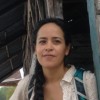
Anabel has been exploring the length and width of South America since 2010. Ditching preconceptions, settling into the local pace, and embracing the unexpected are the tenets of her philosophy of travel – and life.


